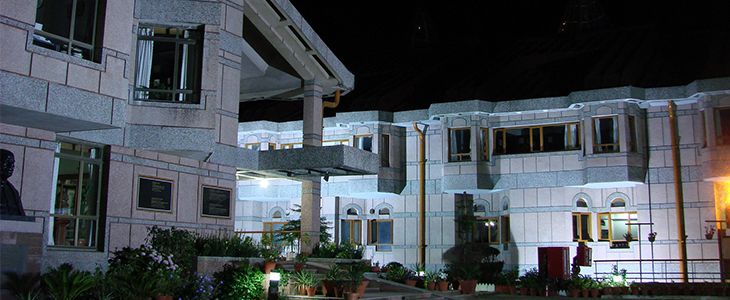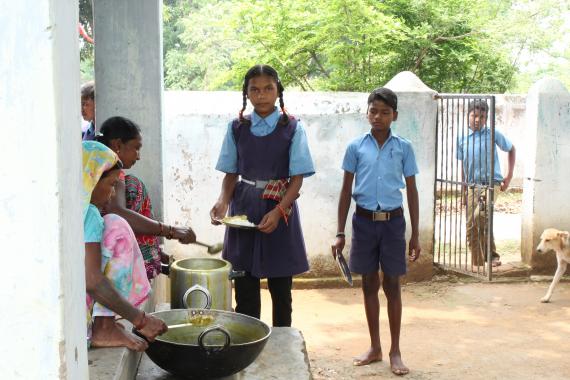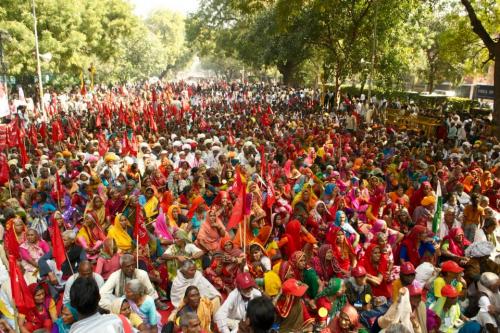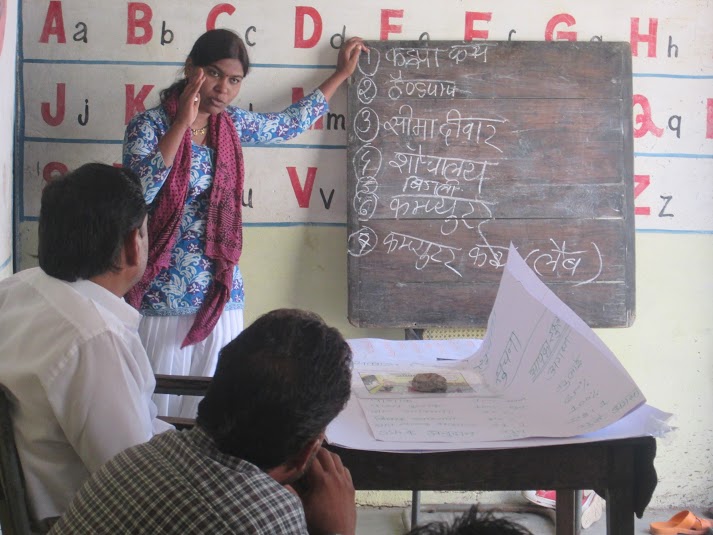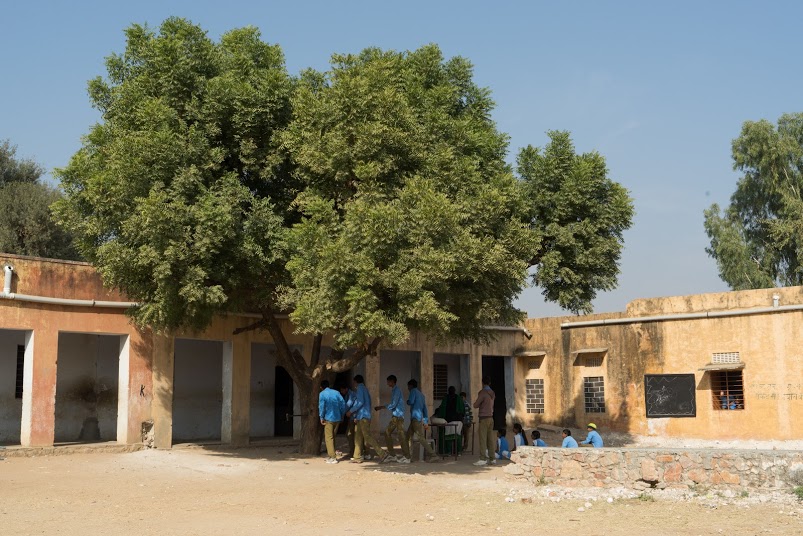‘Just letting you know, Raghu’, said my friend, a passionate advocate of participative urban planning. ‘Whatever you do, don’t try to solve the stray dog problem’.
‘Where does that come from?’ I asked. I was not expecting that. We were discussing strategies of how to get people interested in coming together to solve their civic problems.
‘Stay off stray dogs’, he warned. ‘Once I was involved in a discussion on whether stray dogs should be culled or allowed to roam the streets and within minutes, there was a bloodbath. Everybody was having a go at each other. And united, they had a go at me, because my suggestions annoyed everybody. You can discuss traffic, vendors, the police, streetlights, but never stray dogs.’
Environmental problems are like that. The spectrum of views on how the government should deal with environmental issues is as infinite as how one deals with stray dogs. The only common aspect of most people who speak on the environment is that they are not willing to budge.
There is no other issue that threatens our society today more than snowballing and irreversible environmental damage. Governments across the world are at the centre of the storm, as they grapple with problems of climate change, extraction of natural resources, water sharing and pollution.
While there are several aspects from which one could approach the issue, I propose, over the next few blogs, to address environmental issues from a public finance perspective. That might, initially look like a narrow focus, but it is one that is critically important. Policies of how taxes are levied, shared between levels of government and spent, can alter the way we look at the environment and whether, or how, we protect it.
In the Indian context, the recent award of the Fourteenth Central Finance Commission (FFC) is a good place to start.
Like it or not, the FFC award has been a watershed event in India’s public finance landscape. Key decisions, such as the unprecedented hike in the share of States in the Central Revenues from 32 to 42 percent, have been unprecedented. However, a little known, but significant aspect of the horizontal sharing of these revenues amongst the States is that an environmental consideration has been incorporated into the formula that governs it.
The FFC award determined the following criteria and assigned the weights indicated, for the inter-se determination of the shares of taxes going to the States.
|
Criteria |
Weight (per cent) |
Remarks |
|
Income Distance |
50.0 |
This refers to the distance of actual per capita income of a State from the State with the highest per capita income as a measure of fiscal capacity. |
|
Population |
17.5 |
For the past four decades, the Government has directed that Finance Commissions shall rely on population figures as on 1971 where population is a factor for determination of devolution of taxes. This conservative position was because the Government did not want to open a Pandora’s box by creating incentives for States that had exploded in population since then. |
|
Area |
15.0 |
Area has always been a no-brainer, as a criterion for the assignment of finances. A State with a larger area will have to incur additional costs in order to deliver comparable services to its citizens. The FFC did not deviate from the approach of its predecessors and adopted this criterion, while fixing a floor limit of 2 per cent for smaller States. |
|
Demographic Change |
10.0 |
The FFC determined that it was time to recognize the demographic changes that had taken place since 1971, particularly due to Migration, which is an important factor affecting the population of the State, apart from natural factors like fertility and mortality. For that, it determined that an indicator for demographic changes be introduced separately and did so by assigning a weight to the 2011 population, in order to capture the demographic changes since 1971 |
|
Forest Cover |
7.5 |
|
It is with respect to the issue of forest cover, that the FFC took an unprecedented step forward. The justification of the FFC is best appreciated when quoted fully (Para 8.27 of the report)
“Forest Cover
Our ToR mandated us to give consideration to the need to balance management of ecology, environment and climate change consistent with sustainable economic development while framing our recommendations (para 6(x)). We recognise that States have an additional responsibility towards management of environment and climate change, while creating conditions for sustainable economic growth and development. Of these complex and multidimensional issues, we have addressed a key aspect, namely, forest cover, in the devolution formula. We believe that a large forest cover provides huge ecological benefits, but there is also an opportunity cost in terms of area not available for other economic activities and this also serves as an important indicator of fiscal disability. We have assigned 7.5 per cent weight to the forest cover.”
What does this approach mean for the country at large?
My next blog will look at the significance of this shift, in greater detail.
And for those who want to know, I like stray dogs, but think they should be spayed to prevent a population explosion.



